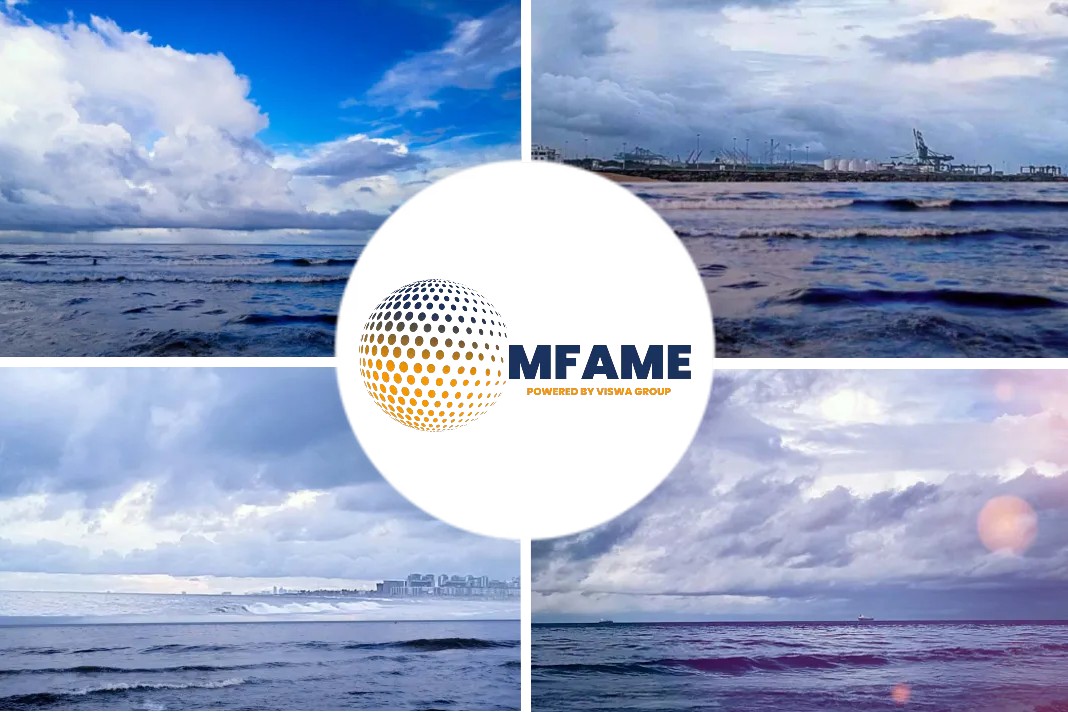
Russia’s invasion of Ukraine and subsequent turmoil in global energy markets has upended long-established Capesize cargo flows and voyages have lengthened with tonne-miles rising sharply, reports Seatrade Maritime News.
Ban on Russian coal imports
Europe’s ban on Russian coal imports has led to large volumes switching to new markets in China, India, and Turkey, reports Maritime Strategies International (MSI) in its latest quarterly dry bulk market report.
At the same time, European coal import voyages are also longer as countries seek to replace Russian imports with supplies from elsewhere. The structural changes in coal trade are likely to persist over its forecast horizon, the London-based analyst said.
Russian coal export distances have almost doubled, rising from 2,000-2,500 km in 2018-20 to about 4,000 kms today. This suggests a near doubling of the shipping capacity required by the Russian coal trade.
Shift from smaller bulk carriers to Capesize vessels
Longer distances are leading to a shift from smaller bulk carriers to Capesize vessels. Prior to the war, only about 10% of Russian coal exports was shipped in large bulkers; now the figure has climbed closer to 25%, according to MSI analysis.
The firm’s Plamen Natzkoff, Associate Director, Dry Bulk Commodities, commented: “The war in Ukraine is continuing to have disruptive effects on the dry bulk commodities markets and therefore dry bulk shipping, in this case the larger ship classes will be the ones to benefit. There are of course risks to this forecast, but the shipping demand trend is likely to be only reinforced by Europe’s increased reliance on coal imports which it must secure from longer-distance sources.”
Elevated demand for coal in Europe is likely to continue for some time yet, MSI predicts, as the bloc wrestles with energy security issues. The firm expects coal trade to grow by 2.7% year on year in 2023.
Did you subscribe to our newsletter?
It’s free! Click here to subscribe!
Source: Seatrade Maritime News














